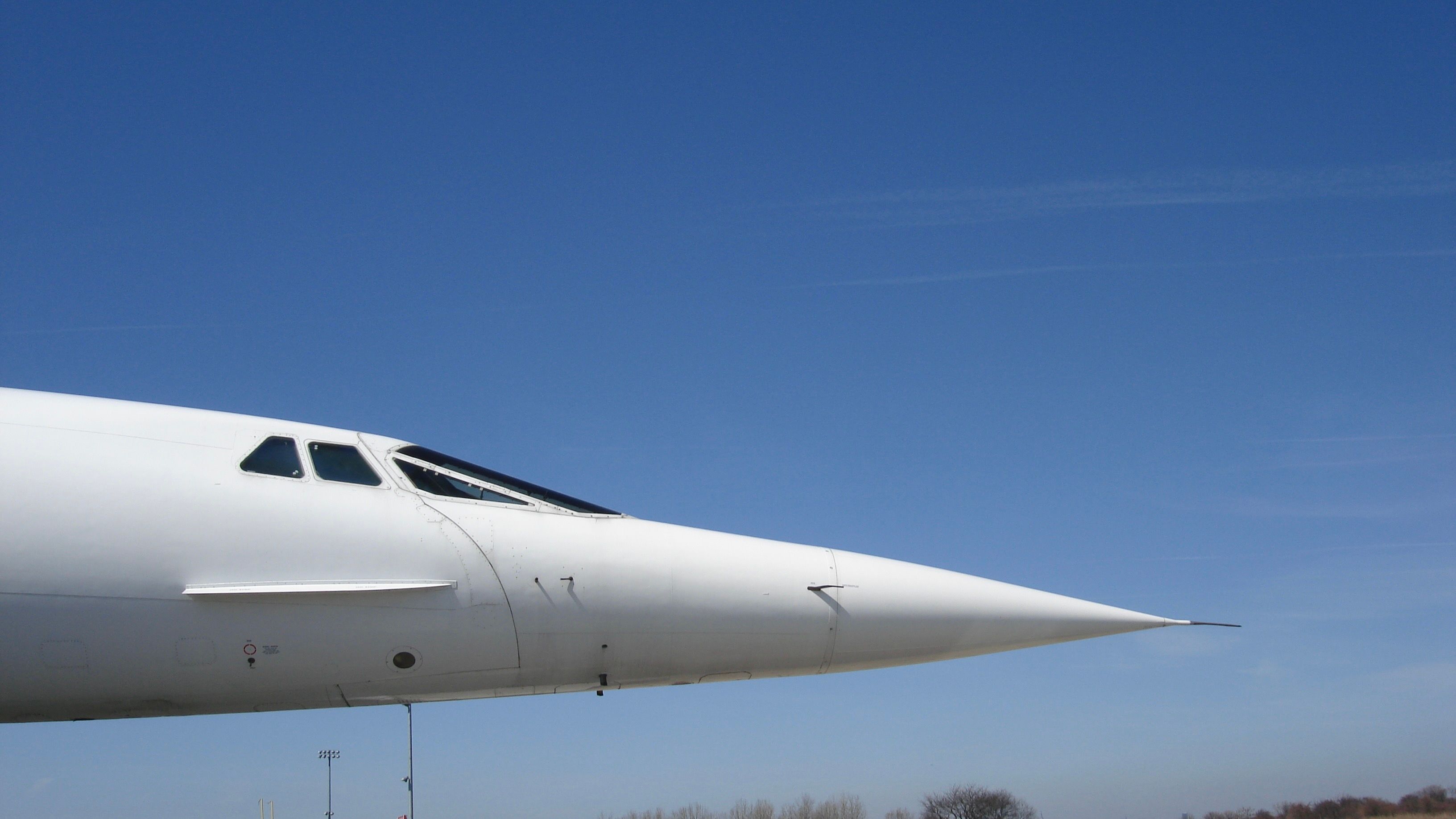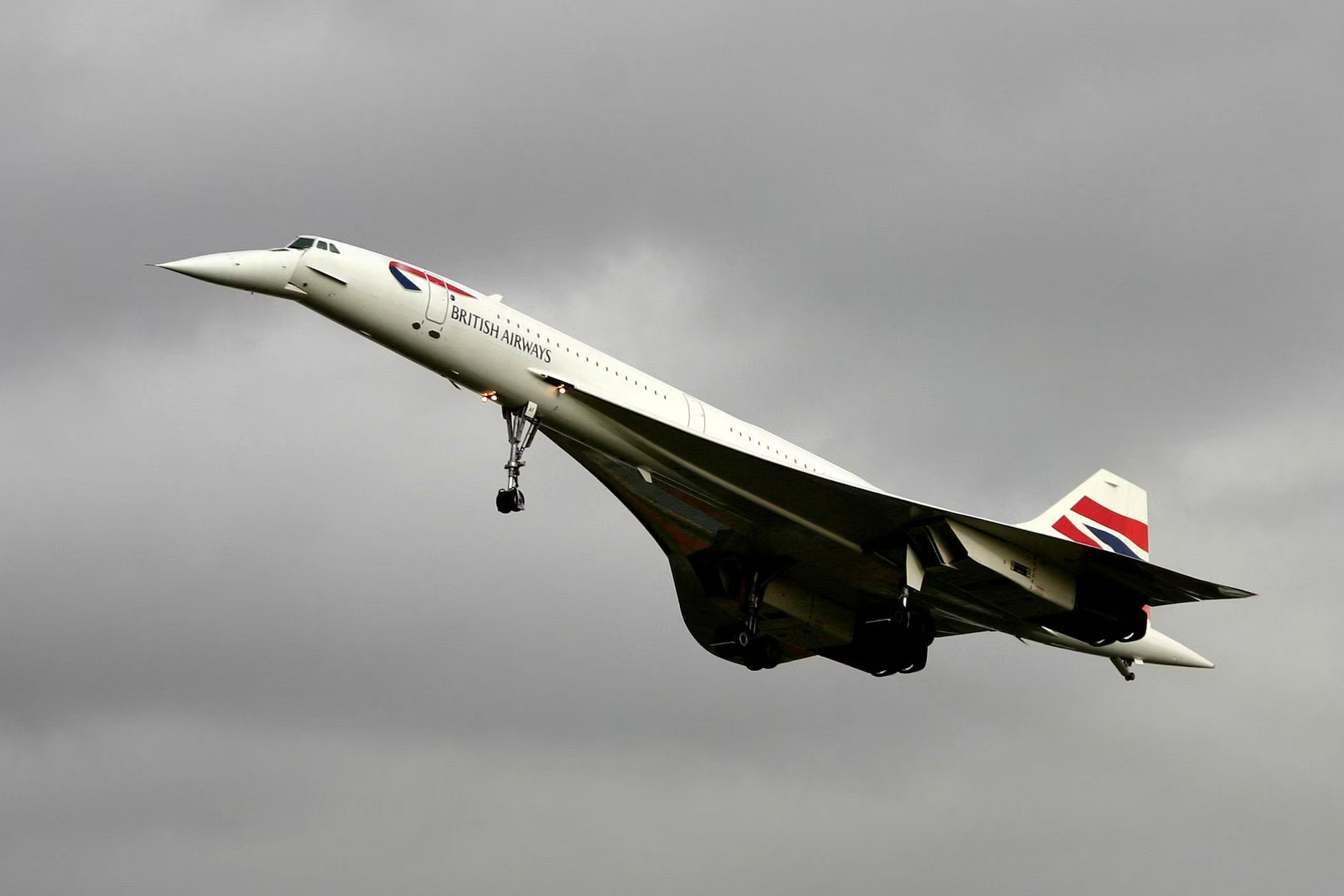Summary
- Concorde's long and pointed nose was essential for achieving incredible speed and reducing drag, but it obstructed the pilot's view.
- Engineers solved this problem by designing a movable nose that adjusted during different phases of the flight.
- The nose had four different positions depending on the stage of the flight, including a lowered position of 12.5 degrees during landing to give the pilot an uninterrupted view of the runway.
Eighteen years after its last flight, Concorde continues to fascinate people. With its power to fly twice the speed of sound, it even allowed passengers to experience two sunsets in one day on its evening London Heathrow departures toward New York JFK.
To achieve such speeds, Concorde had to be designed differently from other jetliners. Its streamlined body with triangular-shaped wings and long pointed nose made it incredibly aerodynamic, allowing it to break the sound barrier. The nose itself was quite an interesting piece of engineering, designed to change positions during different phases of flight.
Why so long?
Concorde was 62 meters long, of which its needle-like nose itself was 7.5 meters in length. While its 185-tonne MTOW may have seemed less compared to 333 tonnes for the Boeing 747-100, carrying that much weight at supersonic speeds meant it had to be highly aerodynamic.
To achieve this, Concorde needed, among other design features, a very long pointed nose that could slice through the air to reduce drag. However, the shape of the nose that helped the aircraft achieve incredible speed also obstructed the pilot and co-pilot's views. As such, the engineers had to design a movable nose that adjusted during different phases of the flight.
We'd love to see you on Instagram - follow us here!
Droop nose
The nose pointing straight away from the cockpit posed no problem at cruising altitude. It was only during landing, takeoff, and taxiing that it minimized the pilot's views.
Concorde had a very high angle of attack during landing, which meant that a fixed streamlined nose wouldn't allow the pilots to see the runway. The engineers fixed this problem by designing a drooping nose that could be adjusted during different stages of the flight.
The nose, fitted with a visor, was hinged to the forward end of the pressure shell. During taxi, the hinged forward position of the nose of 5 degrees allowed pilots a forward view similar to other jetliners. This position was maintained during takeoff and initial climb, following which the nose was raised again.
This gave back the airplane's sleek aerodynamic form. The visor attached to the nose protected the windshield panels from kinetic heat during high speeds.
However, it was during landing that one could see the true extent to which the nose could be moved. Concorde landed with the nose lowered by 12.5 degrees to give the pilot an uninterrupted view of the runway. The droop angle was reduced to 5 degrees soon after landing to avoid potential damage close to the ground.
The different angles of Concorde's nose could be divided into four positions depending on the stage of the flight:
- Visor and nose up – used during most of the flight and when parked.
- Visor down, nose up – for pushback.
- Visor down, nose intermediate (5 degrees) – taxi, takeoff, and initial climb or approach.
- Visor down, nose down (12.5 degrees) – final approach/landing.
Love aviation history? Discover more of our stories here.
Of course, all credit for this remarkable feat of engineering goes to Marshall of Cambridge (Engineering) Ltd. Working on behalf of the British Aircraft Corporation, they worked on the nose design through the 1960s and delivered it just after 1967 for Concorde's first flight a couple of years later.
Unique design
Concorde remains a rarity in commercial aviation. It boasted several firsts across the industry and constantly left those who flew on the plane in awe.
October marked 20 years since Concorde performed its final commercial flight. Moreover, November 26th will pinpoint two decades since the aircraft's last flight overall, when it was left to rest in Filton, England.
Still, Concorde's features are revered to this day. The nose also remains marveled at throughout the market.
Looking ahead, the nose will be a core design feature in the future of supersonic aircraft such as Boom Supersonic, which is expected to fly before the end of the decade.
As Boom Supersonic states,
"The nose, where high speed air meets the aircraft for the first time, is precisely shaped to control how the rest of the vehicle experiences air flow. It minimizes drag, benefits low-speed performance, and supports the successful operation of every component behind it."
Supersonic flight is a complex field, and with the nose at the forefront of the operation, it's unsurprising that there is plenty to consider here. Nonetheless, we can thank those behind the launch of Concorde for breakthroughs in this field over five decades ago.
Did you ever get a chance to see Concorde during landing? Which feature of the iconic aircraft stood out for you? Please share in the comment section.


